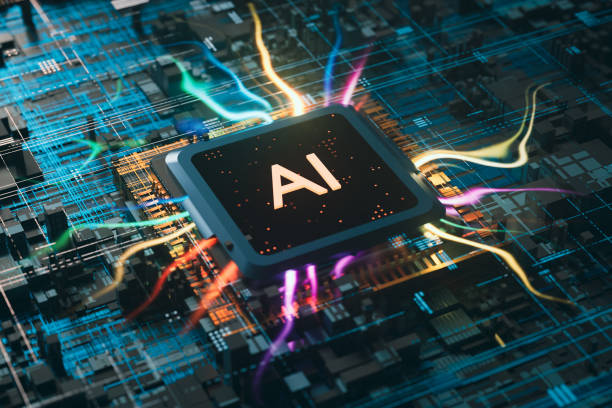
Recent developments in artificial intelligence (AI), machine learning (ML), cloud computing, and other technologies are leading to rapid implementation in various industries around the world. These developments have only been possible due to recent increases in computing power and availability of vast datasets needed to train AI programs. This along with improved algorithms for training AI have made large language model (LLM)-based generative AI programs like ChatGPT possible. The possible uses for predictive tools using generative AI and ML seem almost endless and claim to drive dramatic economic growth.
Advanced analytics, traditional ML, and deep learning tools are already popular in many industries with third-party estimates claiming an impact on the global economy between $11 trillion and $18 trillion. With new applications driven by the capabilities of generative AI this impact is expected by third-party analysts to grow by up to 40%. When considering the increase in worker productivity due to AI as well, the potential impact on the global economy is claimed to grow by nearly $8 trillion.

The drastic increase in productivity possible due to AI can conceptually be seen in how this $6 trillion to $8 trillion increase is from a market that is only a fraction of the size. Current AI market size estimates are less than $0.5 trillion but are expected to at least triple by 2030, surpassing $1.5 trillion. This growth is expected to continue as AI tools continue to become more advanced and new applications emerge.

AI is expanding the global economy, and it is difficult to overstate the potential for AI as the technology continues to develop at a rapid pace. Some are already trying to improve on popular LLMs with large action models (LAM) that are not only capable of answering your questions but also completing tasks from only a simple command.
This blog is the first in a short series covering the potential impacts of AI. The following blogs will cover ADI’s assessment of the use and potential of AI in several industries like oil & gas, chemicals, utilities, industrials, and mining. Some examples of topics covered include using generative AI to develop new chemicals and biomaterials; using AI and ML to predict renewable energy output to seamlessly integrate green electricity into the gird; and improving worker safety through devices capable of monitoring worker fatigue and recommending breaks. With the next installment diving into the use of AI and ML in the oil & gas industry to improve exploration, production and recovery rates, asset management, emissions detection, and refinery operations.
– Piercen Hoekstra
ADI Analytics is a prestigious, boutique consulting firm specializing in oil & gas, energy transition, and chemicals since 2009. We bring deep, first-rate expertise in a broad range of markets including oil & gas, chemicals, and utilities, where we support Fortune 500, mid-sized and early-stage companies, and investors with consulting services, research reports, and data and analytics, with the goal of delivering actionable outcomes to help our clients achieve tangible results.
We also host the ADI Forum, one of Houston’s distinguished industry conferences, to bring c-suite executives from oil & gas, energy transition, and chemicals together for meaningful dialogue and strategic insights across the value chains.
Subscribe to our newsletter or contact us to learn more.



















